Descripción
Este libro de texto sobre métodos matemáticos para la Química Física y Analítica, presenta métodos matemáticos y estadísticos a los estudiantes de la química en el nivel intermedio de post-cálculo.
El contenido incluye una revisión del cálculo general; una revisión de las técnicas numéricas que a menudo son omitidas en los cursos de cálculo, tales como trazadores cúbicos y el método de Newton; un tratamiento detallado de los métodos estadísticos para el análisis de datos experimentales; números complejos; extrapolación; álgebra lineal; y ecuaciones diferenciales.
Con numerosos problemas de ejemplo y anécdotas, este texto da a los estudiantes de química el conocimiento matemático que necesitan para entender la literatura profesional de la química física y analítica.
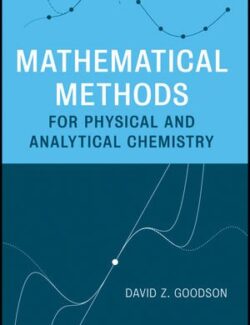

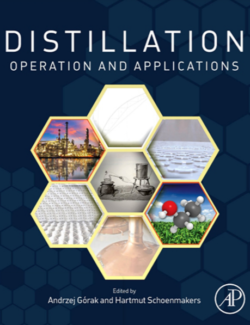

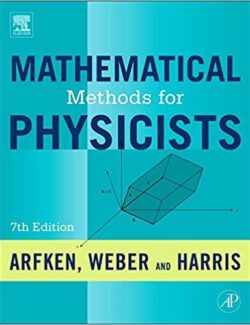
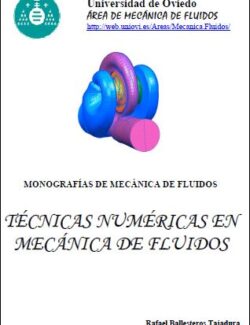
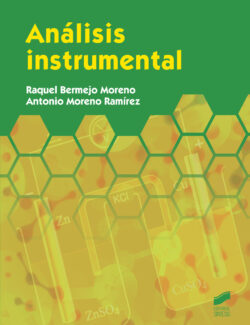


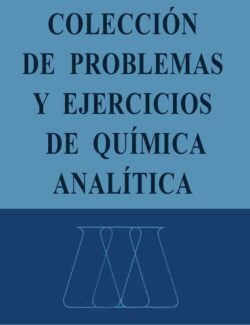

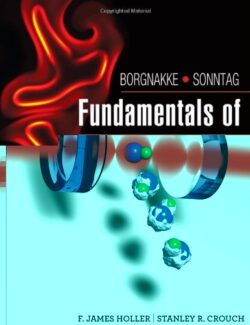

Déjanos un comentario
No hay comentarios